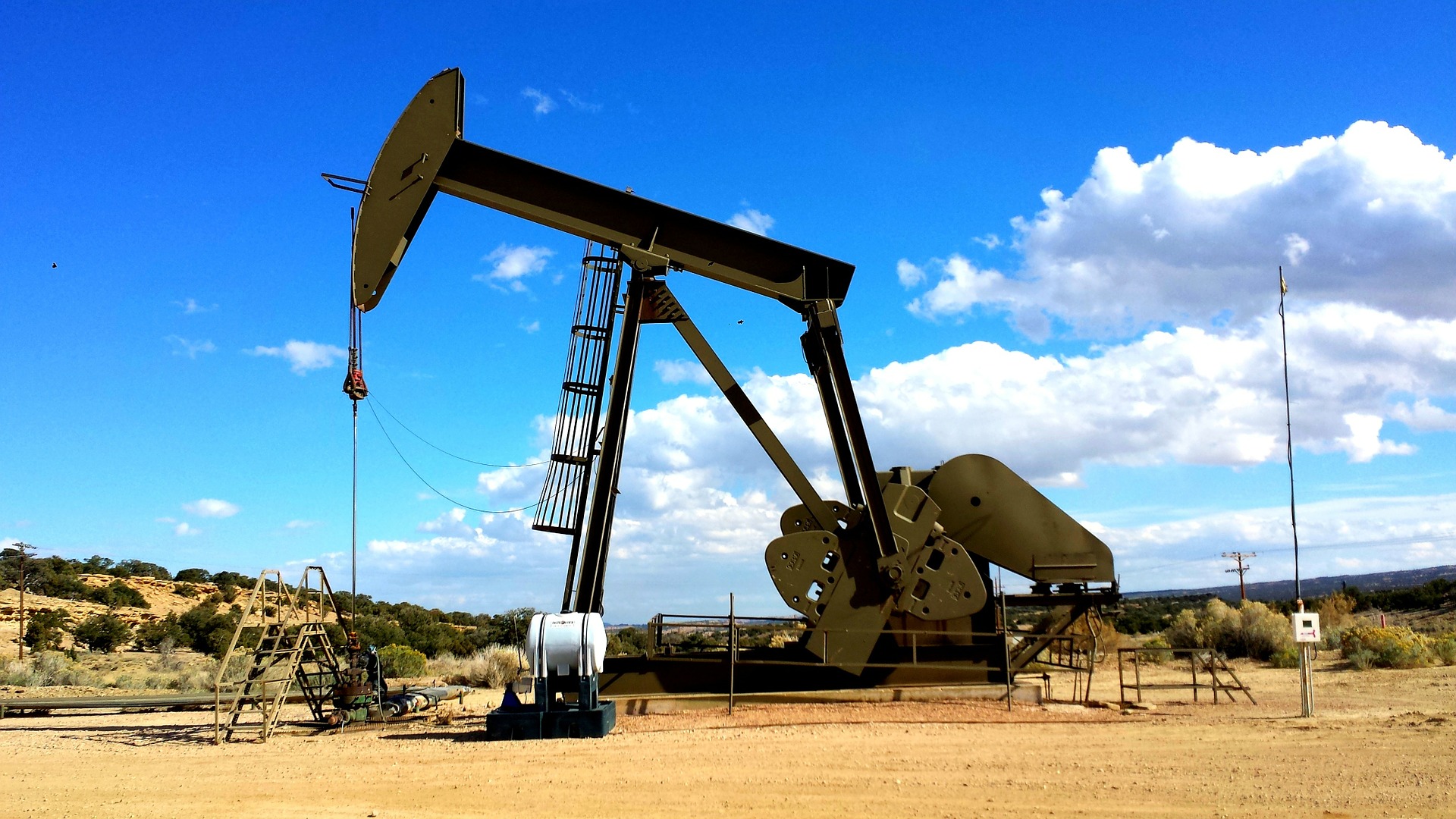With such a wide array of goods and services on the market nowadays, it’s no wonder that several types of franchises have emerged in various industries. The competitive market is already saturated with restaurants and coffee shops. If you want to invest in this type of business, think about going for an oil change franchise.
Here are some factors to consider before investing a substantial amount in an oil change franchise:
1. Study the Ownership Model:
Most oil change franchisors give their franchisees the freedom to develop their branches the way they want it to grow. However, it’s still best for you to determine whether the ownership model stipulated by the terms and conditions of the business will be useful for your goals and work style.
When buying a franchise, you’re required to support the brand’s rules and processes from accounting to hiring and marketing. Be familiar with the regulations implemented by the leading company and consult with online resources such as franchiseknowhow.com to learn more about how franchising works.
2. Know the Franchise Costs:
You won’t just be buying legal rights to use the brand name and logo for your oil change business. The franchisor may also expect you to purchase equipment from them. Fortunately, you can assess if you can pay off the business’ costs since the law has mandated corporations to present a Uniform Franchise Offering Circular (UFOC).
This document provides an outline of the fees that come with the franchise. It also includes your rights and restrictions. This way, you can gauge if the franchisor’s prices are reasonable and realistic.
Other costs you must consider include:
- Initial Payments – This franchise fee serves as a down payment to secure your spot as a franchisee. The average initial franchise cost ranges from $20,000 to $35,000 for most franchises.
- Royalties – Also known as ongoing franchise fees, franchisors require royalties to be paid monthly or annually. The amount depends on your agreement with the company. Typically, it can be a percentage of your gross revenue or a fixed amount such as $1000 per month.
- Marketing Fees – Because you’ll be part of a bigger organization, you may need to finance a common advertising or marketing fund. This money will be used for promotional efforts usually at a national level.
- Required Purchases of Goods – The franchisor may restrict you from buying oil from other suppliers. Check if their pricing is competitive and if you can actually get a profit if you push through with the franchise.
- Real Estate – If you’ll be renting a place for your franchise, include the cost in your calculations because you may need to pay for deposits before you can start your business.
- Legal Files – This includes the cost of insurance, licenses, permits, and other legal documents.
3. Determine How to Fund Your Franchise:
One of the significant advantages of an oil investment is that it has a high return on investment. However, before you think about your profits, you need to consider how to fund your franchise first. It’s vital that you know the best sources of financial support that will help your business grow.
These are a few financial options for you to start an oil change franchise:
- Franchisor – The main company can help you through debt financing. Franchisors often offer financing for some parts of the business instead of you shouldering the entire cost.
- Small Business Administration (SBA) – This agency can help you with your bank loan to jumpstart your business. Their loan programs guarantee longer repayment periods to bolster your franchise’s growth.
- Banks – These lenders work with the SBA to provide financial aid to small businesses. You can also use a home-equity line of credit or a second mortgage on your house, but it’s not encouraged because you risk losing your property if you can’t repay your debt.
- Family and Friends – The people you trust, and who believe in you, are valuable sources of funds. You can negotiate the repayment period and interest rates with them. Be sure to pay them back according to the terms you both agreed on.
4. Talk with Your Target Market:
The people in your city or town probably already have a place where they have their oil changed. Don’t be discouraged, though. You can talk to prospective customers about their experience with the oil change stations in your area. Take note of their complaints on a particular shop and use those to improve your service.
Conclusion:
Investing in a franchise can provide you with an established brand that will be easier to market than a startup. You will also get enough support from other franchises and gain insights from them on how to facilitate the growth of your business. Consider the factors above and assess whether an oil change franchise is best suited for your goals.
Read Also:






















